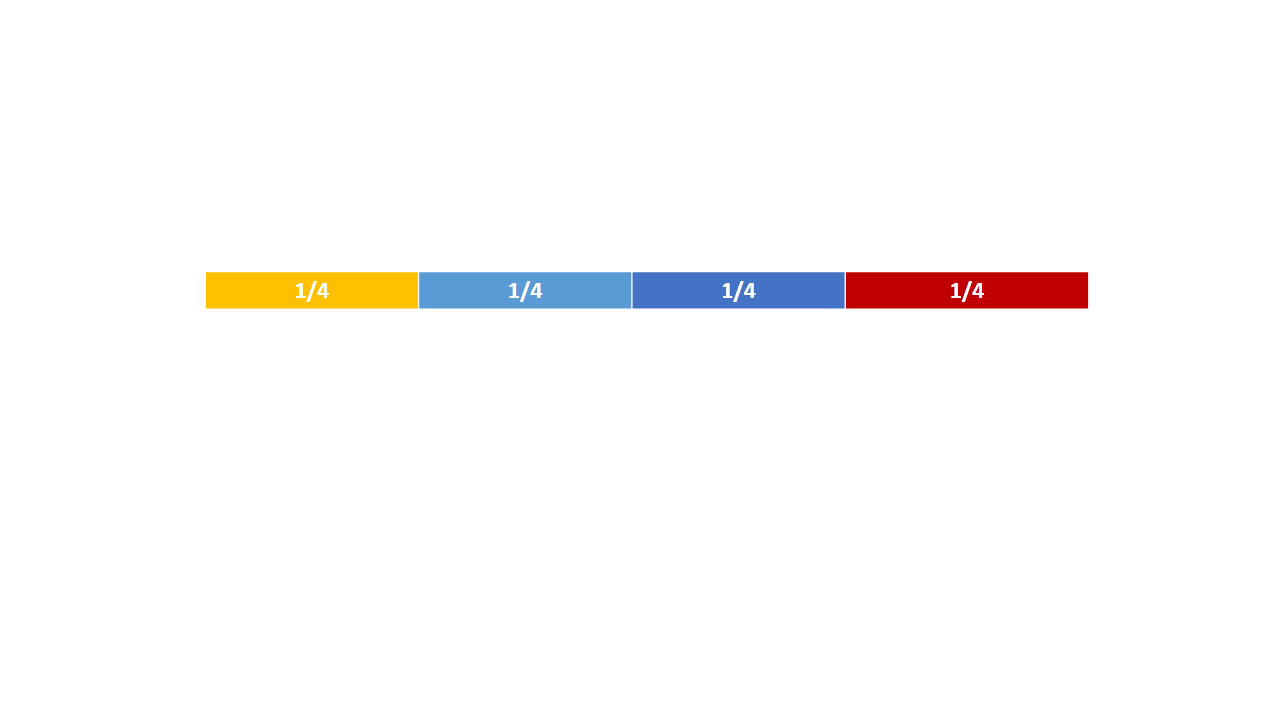DIDACTIC PROPOSAL FOR THE TEACHING OF FRACTIONS. PART I
.jpg) LEARNING TO DIVIDE AN OWN FRACTION BETWEEN A WHOLE.
LEARNING TO DIVIDE AN OWN FRACTION BETWEEN A WHOLE.
The fractions constitute, along with integers and zero, the elements of the set of rational numbers. A rational number is one that can be expressed as the quotient of two integers and written accordingly, of the form a / b, a over b. Being a and b, simultaneously integers and b nonzero.
The fraction a over b, consists of a numerator and a denominator. The numerator is represented by the value of a and the denominator by the value of b. When the numerator is less than the denominator, it is called the own fraction, otherwise the fraction is improper.
How do I divide half an orange between two people, or half a chocolate bar between two people?
The previous situation leads to the following questions:
How much is ½ divided by 2?
How many times is 1/2 contained in 2?
How many times does 2 contain ½?
A medium represents half a unit, that is, half a cake, a rectangle, a house, or a piece of land, for example. Thus, if you have land that measures 6 hectares, ½ of it represents 3 hectares, that is, half of its surface.
The unit, therefore, is divided into 2 exactly equal parts. As illustrated below:

Now, each half of that unit that has been divided, is divided in turn into 2 parts, which must also be exactly equal, resulting in the following:

In how many equal parts was the unit that was initially divided in two divided?
In 4 parts, as illustrated by the 4 color strips.
If we superimpose both bars, it is observed that each half of the 1st is equivalent to two quarters of the second, therefore, ½ divided by two is ¼. Or what is the same, ¼ fits twice in ½.
It can also be said that ¼ is contained twice in ½.
In the situation initially proposed, if an orange half is divided between 2 people, each one will receive a quarter of it. Or if half a bar of chocolate is distributed between 2 children, each one will receive a quarter of it.
Excelente idea mi amigo. Lo tamare en cuente en mi enseñanza diaria